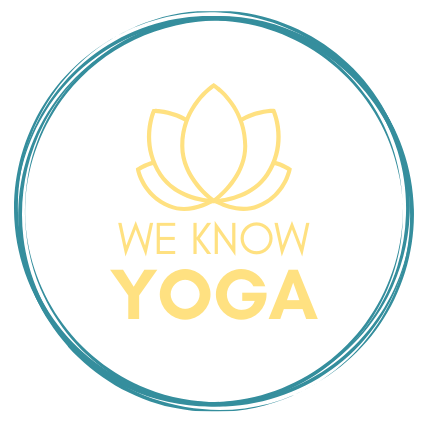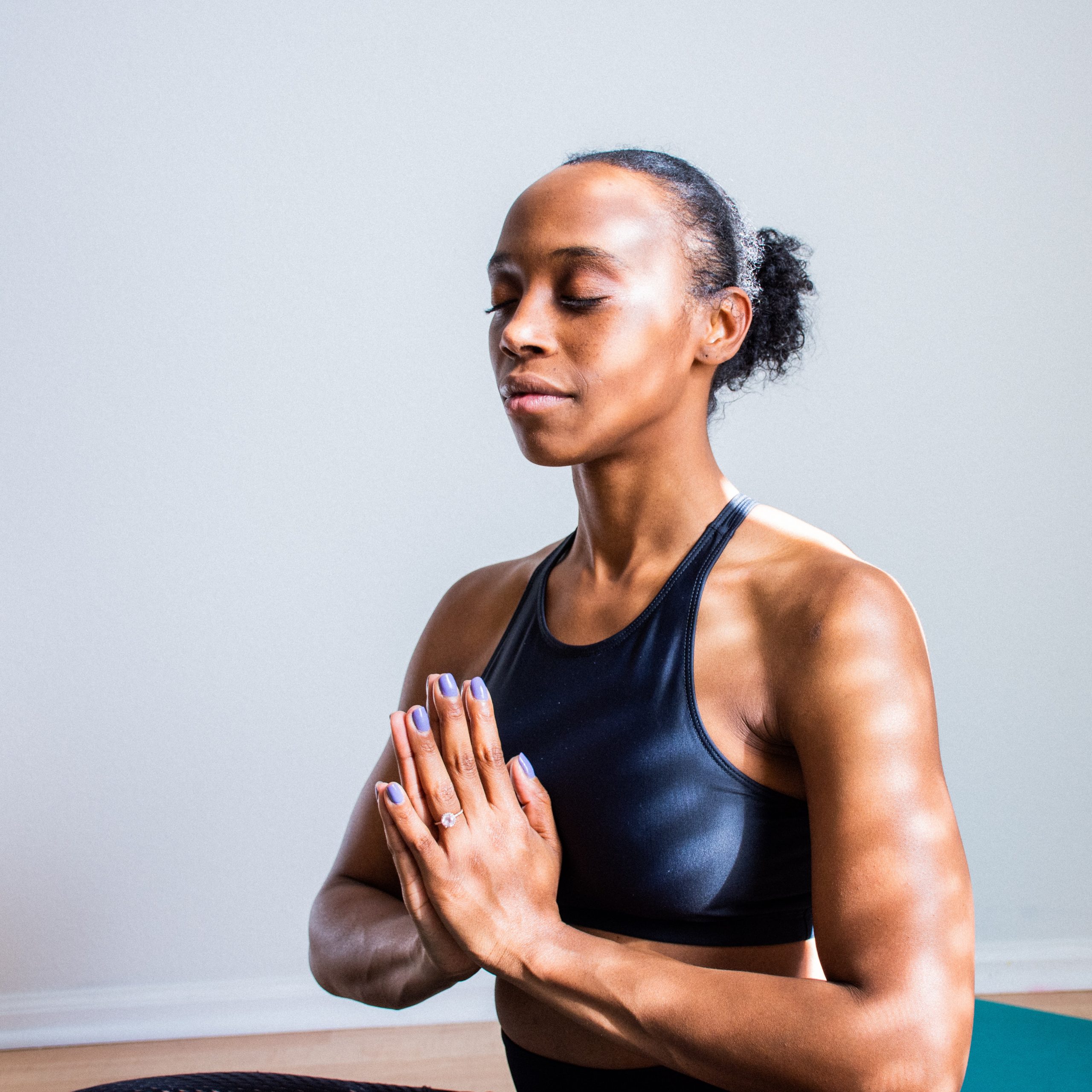
Yoga has many benefits both on and off the mat. While its popularity can be seen in fitness centers, gyms and private studios, you don’t need any fancy equipment or gym memberships to reap the rewards of a regular yoga practice. In fact, all you need is your breath!
Research shows that yoga can reduce pain and inflammation, lessen depression, manage anxiety, empower confidence and improve strength and flexibility (in mind and body). Trouble sleeping? Feeling anxious? These beginner-friendly yoga and meditation resources can help.
Yoga Nidra
Frequently described as “dynamic sleep,” Yoga Nidra is a guided meditation practice that invites the body to deeply relax while the mind stays focused inward and alert. It’s a very healing and restorative balance between rest and awake. Many yoga nidra practitioners state that after only 30 minutes of the practice they feel as if they have slept for two hours.
Savasana is the only physical pose for yoga nidra. Depending upon the guided meditation you’re using, you’ll start by bringing awareness to certain parts of the body and breathing in specific ways. This invokes a balance between the sympathetic and parasympathetic nervous systems, inviting your mind to dance between alpha and beta brain waves.
Meditation Apps
Savasana may feel like a nap at the end of a rigorous yoga practice, but it is actually an important way to kick start your meditative mind. Meditation holds so many benefits, from improving confidence and self esteem to melting away stress and tension.
Try it for yourself with one of the many quality meditation apps you can download for free on your smartphone or tablet. Here are two examples:
Headspace is a great meditation app for beginners. You can slowly build yourself up to a daily 10-minute practice. There are also really interesting videos that explain the science behind what meditation is and what it does.
Calm is one of the leading meditation apps for sleep. There are even bedtime story recordings from soothing voices (including Matthew McConaughey).
Yin Yoga
You’ve heard of yin and yang, right? These opposite, yet complementary, forces might have been popular on black-and-white necklaces in the nineties, but yin and yang have a much deeper meaning. In yoga, these opposite forces are the key to finding balance in your personal practice. A very energetic practice, like vinyasa, Ashtanga or Surya Namaskara, is considered yang. High-energy yoga can be great for expelling anxiety.
Meanwhile, when it is time to deeply settle your mind and body, surrender to stillness with yin yoga. Especially helpful in the evening to wind down after a fast-paced day, yin yoga consists of passive poses like child’s pose, along with seated stretches. Each yin pose should be held for 3-5 minutes for ultimate relaxation and release. Sitting in one position for a few minutes might sound easy, but imagine staying in pigeon pose for five whole minutes! As your body deeply holds a pose, your mind will inevitably start to wander. What makes yin yoga so powerful is that it’s about holding the pose, focusing on your breath, and training your brain to maintain a peaceful, calm outlook.
Morning Practice
Have you ever had your day come apart before it has even started? Unexpected traffic might make you late for school. The wrong set of keys might lock you out of your office. Your partner or roommate might use up all the hot water before you take a shower.
There are plenty of reasons a day can start out challenging, so committing to a morning yoga or meditation practice can help you start the day on the right foot.
Even with yoga and meditation, nobody is 100% unshakable. There are always tough days from time to time. You’ll inevitably face a roadblock or two again in the future. However, a 10-30 minute morning yoga routine or meditation practice can set you up to feel stronger and more at peace, especially during those moments of chaos.
Photo: Unsplash

